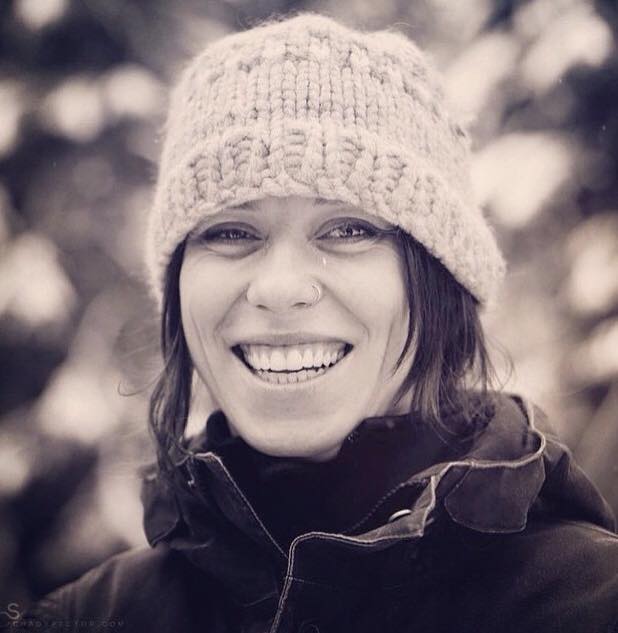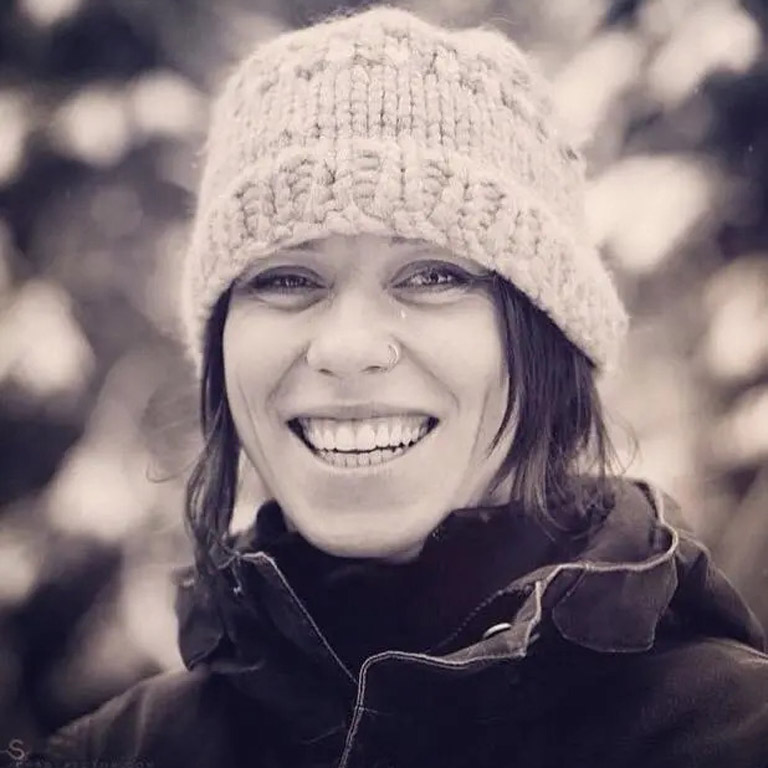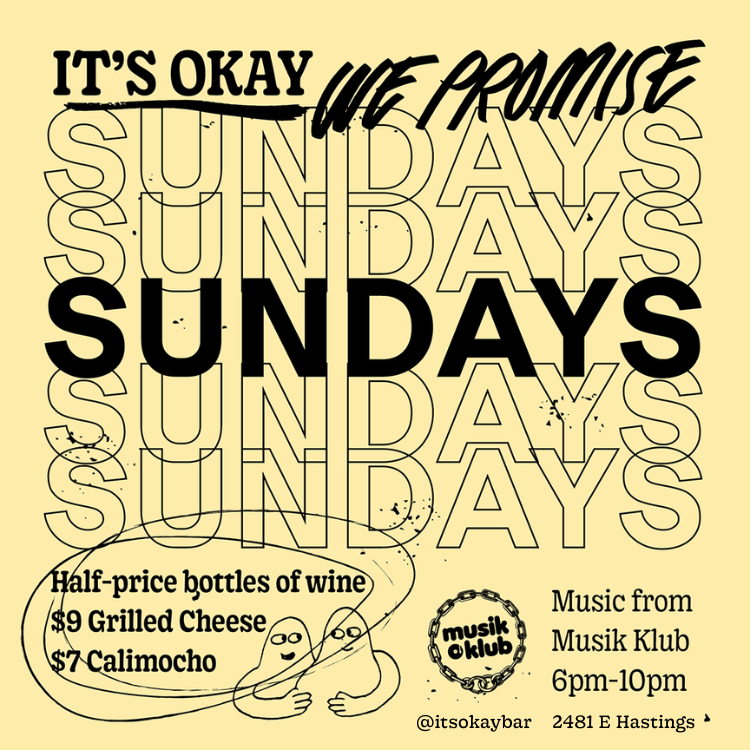By Leah Scheitel // A woman
@Leah_Schei
As Canadians flock to their local voting booths on October 23, ballots will be cast with relative ease. And the after-voting tradition of slapping an “I Voted” sticker to your over-sized wool sweater has become an almost bigger attraction than democracy itself, as it allows for an Instagram-worthy selfie and bountiful likes and Insta nugs.
This year, women across Canada should celebrate extra hard, as 2019 marks 100 years since Canadian women were granted the right to vote in federal elections. A century of voting for ladies – who knew we would make it!
A hundred years really, when you think about it, isn’t that long ago. It was 1919 – seven years after the sinking of the Titanic, a year after the end of the First World War, and most of our grandmothers were already out of diapers. The world had vast railroad systems, electricity and cars. Pierre Trudeau, the father of our current prime minister, was born that year. And yet, women were only just recognized as autonomous people under the law and allowed to express their political opinions behind the voting booth curtains – not yet in public.
The road to suffrage in Canada was, much like other societies, a long and tumultuous one, starting five decades before it was granted. Rumblings of a suffragist movement started in the mid-1870s when Dr. Emily Stowe moved back to Toronto to open a medical practice – she had to relocate to New York to obtain her MD, as women weren’t allowed to go to medical school in Canada at that time. She was the first, and for a long time the sole, female practitioner in Canada. My, how far we have come…
Dr. Stowe was passionate about women’s health and well-being, and that included “Women in the Professions,” a subject she lectured on in Ontario. Naturally, her passions extended to women’s rights and after attending a meeting for the American Society for the Advancement of Women, Dr. Stowe believe it was time found a similar movement in Canada. Along with Helen Archibald, the Toronto Women’s Literary Club was founded. A literary club. Because women could maybe be literary in 1877, but they sure as shit couldn’t be political.
Also, with it being a literary club, it attracted its ideal demographic – upper middle class white women with a thirst for boosting their status in society. It wasn’t seen as too radical or extreme for a woman to be a part of a posh book club. But its roots were always for promoting the rights of women. One of its first victories was convincing the University of Toronto to allow female students.
After six years, the club disbanded and officially reinvented itself as the Canadian’s Women’s Suffrage Association with Jessie McEwen Turnbull as its first president. Their first project was fighting for municipal rights in Ontario, which was granted to married women in 1882 before being granted to widowed and unmarried women in 1884. Through the work of the Women’s Suffrage Association, women were allowed to vote municipally in most provinces by the late 1890s, with Quebec being the last province to sign onto this idea.
This was just municipally, however, and it was another long two decades before women would be granted the provincial vote. On January 28, 1916, Manitoba became the first province to allow women exercise their democratic capabilities. This was partly due to the efforts of suffragist icon Nellie McClung, who even used theatre to satirize Conservative premier Rodmond Roblin, mockingly debating whether or not to allow men the right to vote. Manitoba was followed closely by Saskatchewan (March 14, 1916), Alberta (April 19, 1916), British Columbia (April 5, 1917) and Ontario (April 12, 1917).
However, this wasn’t an easy battle to win, with suffragist using public demonstrations and numerous political petitions to educate the public about their cause. They faced public scrutiny and backlash for voicing their opinions – not only for the right to vote but also for equality in employment, social assistance and the condemnation of domestic violence.
The First World War was a blessing and a curse to the suffragist movement. It interrupted the momentum of the campaign and divided many of the parties within, with some supporting the war effort and conscription while others condemned it. However, in 1917, the blessing came in the form of the Military Voters Act and the War-time Election act, and the vote was given to women serving in the war effort and to those who had loved ones serving in the war effort. On December 17 that year, some half a million Canadian women cast their first vote in a federal ballot box, resulting in many of their first orgasms.
While some suffragist said the two acts were a cop out (which they largely was), it did open the floodgates. If some women had the vote, why not all? Eventually then-prime minister Robbie Borden agreed, declaring that women would be a good influence on the public life. In the spring of 1918, the government approved the Act to Confer the Electoral Franchise upon Women. This act bestowed basic human rights upon women like women bestow offspring. The act went into effect on January 1, 1919.
Of course, many men mocked the new act, including then-pundit Stephen Leacock and for sure monocle douche-wearer, who mocked, “Now that women have the right to vote, what are they doing to do? Nothing at all, unless it is to elect men to government.” But immediately women relished their new-found democratic freedoms. 1921 wasn’t only the first federal election in which women could vote, it was the first one in which a woman was voted into office, and Agnes Macphail of Grey County, Ontario became the first woman to cross her legs in a skirt in the House of Commons.
Of course, this anniversary celebrates only when white women were democratically enfranchised – not black, Indigenous, Asian or any other woman of colour. Asian men and women didn’t have suffrage until after the Second World War (thanks internment camps), Inuit people were granted the vote in 1950 and Indigenous men and women didn’t get the vote until 1960. While Canada celebrates a century with women’s suffrage, its history with indigenous rights remains alarmingly short, with many indigenous people still seeking even more basic human rights, like access to clean water.
So, this year as you cast your ballot, do it in honour of the women who couldn’t. And who fought for a basic right that we now sometimes see as a four-year chore. Wear red lipstick and a new skirt, or wear your sweatpants with your favourite pair of underwear with holes in them. Be sexy, be masculine, be your everyday self – it doesn’t matter. Just be there. Because for years, we weren’t allowed to be.
Also for anyone wondering, I’ve found the name of my next cat – Agnes Macphail is going to be really cute.

Leah Scheitel is a freelance writer and comedian based in Calgary, Alberta. She likes talking about dead presidents, her two cats, and how William Lyon Mackenzie King had three dogs – all named Pat. Find her on Insta, Twitter and Tinder or at LeahScheitel.com.




